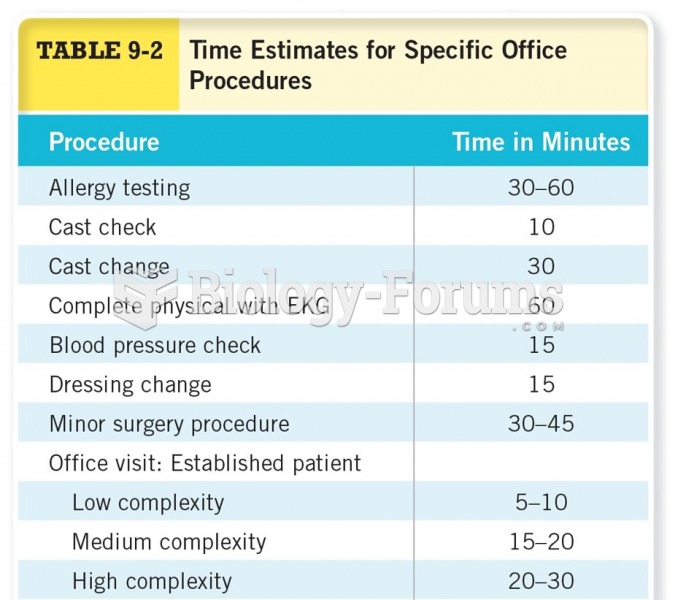|
|
|
Bacteria have flourished on the earth for over three billion years. They were the first life forms on the planet.
More than 2,500 barbiturates have been synthesized. At the height of their popularity, about 50 were marketed for human use.
When blood is exposed to air, it clots. Heparin allows the blood to come in direct contact with air without clotting.
The calories found in one piece of cherry cheesecake could light a 60-watt light bulb for 1.5 hours.
The human body's pharmacokinetics are quite varied. Our hair holds onto drugs longer than our urine, blood, or saliva. For example, alcohol can be detected in the hair for up to 90 days after it was consumed. The same is true for marijuana, cocaine, ecstasy, heroin, methamphetamine, and nicotine.







